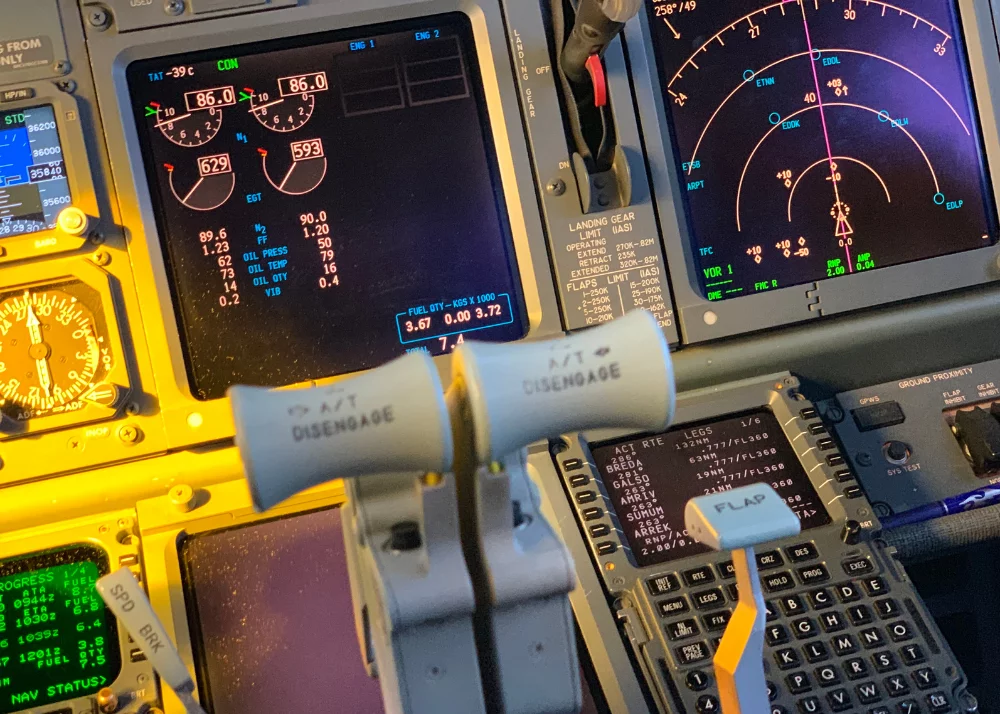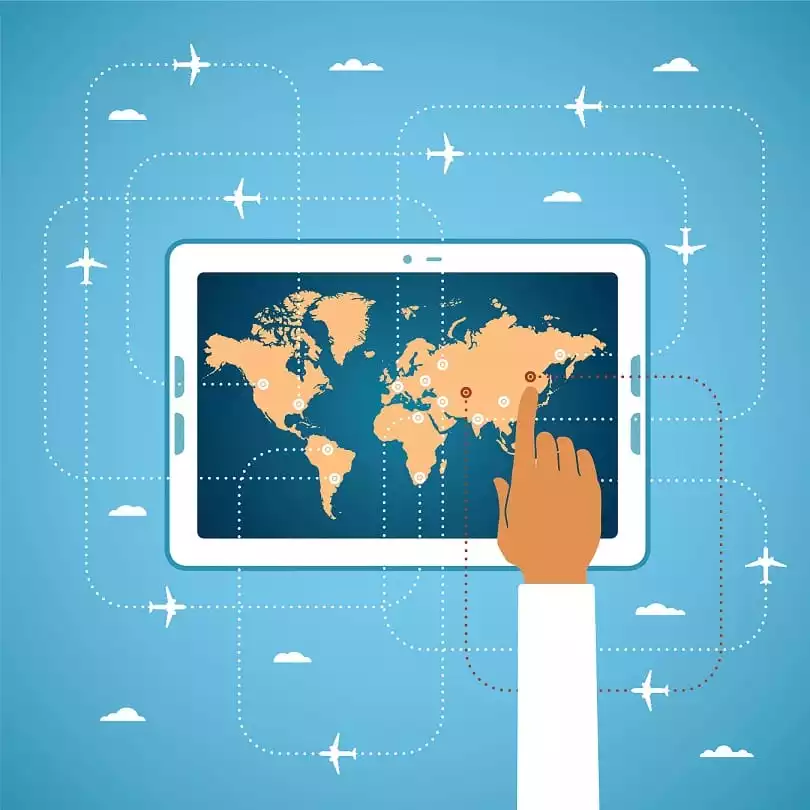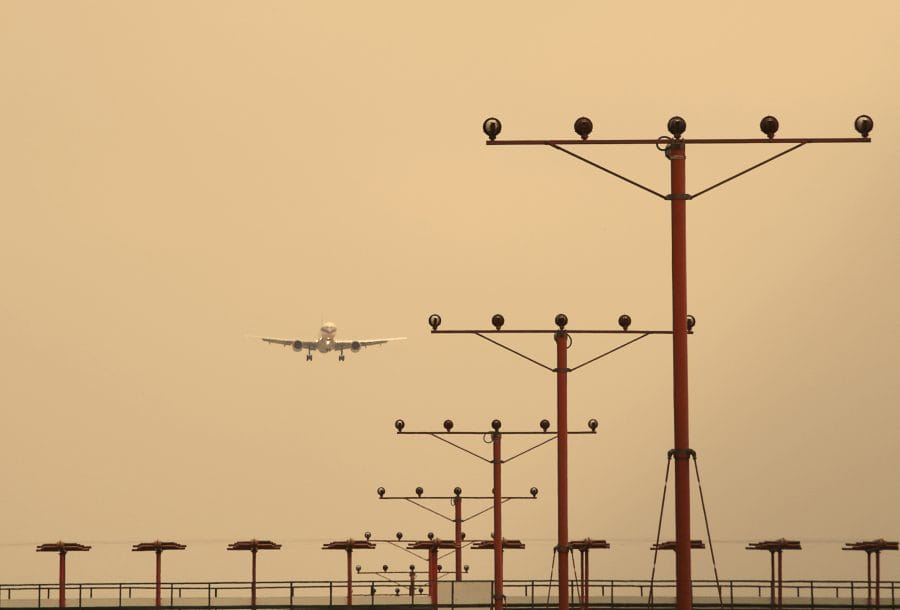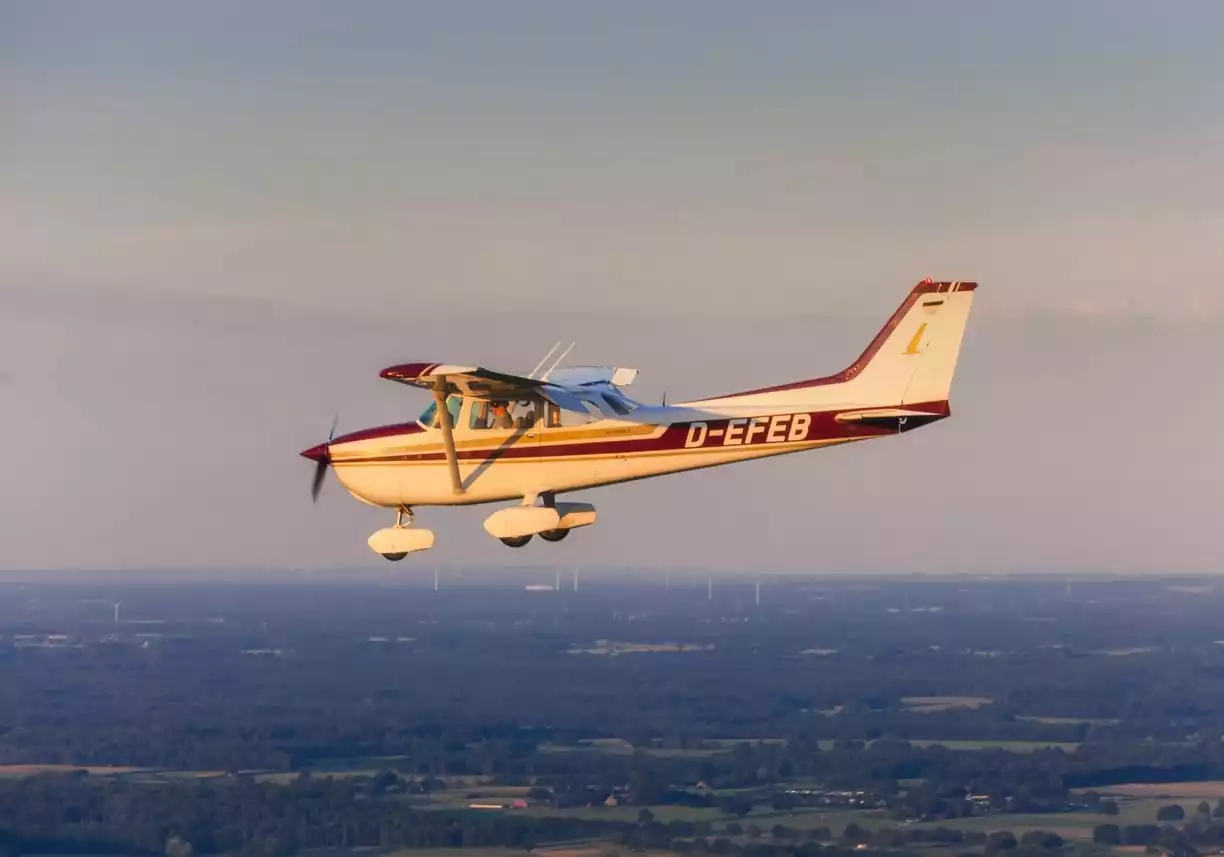Aviation has come a long way since its invention at the start of the 20th century. In the early days of flying, pilots used a map, a compass, and little else. While this was often reliable, it was not always safe. Nowadays, we use something called NAVAIDS that can guide us to our destination easily. What are NAVAIDS, and why are they important for flying? Today, you will find out. We will explain why NAVAIDS are important and discuss some of the most common types you will see (and hopefully use).
What Are Navaids and Why are NAVAIDS Important?
If you have not heard the term ‘NAVAID’ before, do not worry. As with most things in aviation, it is an abbreviation of a few words.
In short, NAVAIDS is short for ‘navigational aids.’ Various systems (both onboard and on the ground) allow pilots to navigate the aircraft. Sometimes with an astounding degree of accuracy.
Why are they important?
As we said in the introduction, pilots used to rely on a map and compass to find their way around. This method of navigating is surprisingly effective, however, there is a downside. Maps are only useful if you can see the ground. If there is bad weather, cloud cover, or flying in featureless terrains such as over the ocean or desert, navigating becomes tricky.
NAVAIDS was created to provide a solution. Different NAVAIDS allow the aircraft to fly from one point to another without any visual references at all. When people talk about a pilot ‘flying on instruments,’ part of that flying will be navigating with reference to NAVAIDS.
Types of NAVAIDS Used in Aviation Today
ILS
The term ‘ILS’ is an abbreviation for ‘Instrument landing system.’ It is one of the most commonly seen NAVAIDS the world over. It allows pilots to navigate both laterally and vertically. This system is highly accurate and has two parts.
The lateral element tells the pilot where they are in relation to the runway centreline. The vertical element shows where they are in relation to the glideslope. This NAVAID allows the pilot to land on the runway in poor visibility conditions, even to the point where they can’t actually see the runway at all. ILS’s are only reliable within a relatively short range (normally around 21 miles).
VOR
‘VOR’ stands for ‘very high-frequency omnidirectional range’.
These NAVAIDS tend to look like a huge bicycle wheel, laid flat on its side. Each ‘spoke’ of the wheel is an antenna that broadcasts a radio beam or ‘radial.’ Pilots can follow these radials to navigate. VORs have a huge range (up to 360 nautical miles). Pilots can fly point to point using these NAVAIDS.
NDB
‘NDB’ is short for ‘non-directional beacon.’ They are some of the oldest aviation navigation technology in existence. Unlike a VOR, an NDB emits a single frequency ping. Onboard sensors called ‘ADF’ (automatic direction finding) pick this up. Essentially this instrument is a compass disc with an arrow. The arrow will point to the NDB station. It acts as a point of reference for the pilot to work out their location.
They are a rough and ready solution. They are not especially accurate and are prone to all sorts of errors.
GPS
GPS or ‘global positioning systems’ are highly accurate and fast becoming the future navigational technology. Using satellite positions and triangulation of electrical signals, they can give height information, positional information, and even tell airplanes what speed they are traveling.
They are ideal as they can be used for navigation anywhere globally, without reliance on any ground equipment whatsoever. This makes them ideal for use in remote airports, where logistically positioning a ground-based navigation aid could be impossible.
This technology is advanced in that it is possible to navigate entire journeys without referencing anything other than a satellite signal, all the way down to touchdown on the runway.
INS
‘INS’ is an abbreviation of ‘inertial navigation systems.’ While they are highly accurate, they also utilize older technology.
It works using gyroscopes and acceleration centers. The basic premise is that to move an object takes a force. If you can measure the sum of all of the forces, you can predict where that object will be at a given time with a high degree of accuracy. In the case of aviation, the ‘object’ is an aircraft.
The benefit of INS is that it is entirely self-contained within the aircraft. It is impossible to get lost as the INS runs constantly.
The downside is that if an INS breaks down, you can have no navigational information. Most commercial jets have 3 INS systems just to be on the safe side.
NAVAID Knowledge
Having a good working knowledge of NAVAIDS is vital to being a good pilot. There are advantages and disadvantages to all, and knowing the limits and pitfalls increases flight safety.
There is much more to learn, more specialist knowledge is involved.
For example, ILS beams are subject to ‘scalloping’ and ‘coastal diffraction.’ VOR radials change depending on whether you are flying ‘to’ or ‘from’ them. NDBs suffer from ‘dip,’ and GPS can be wildly wrong if you haven’t got a working clock onboard (seriously).
Learn all of this and more to become a safe pilot!
A good aeronautical university will be able to teach you effectively. When it comes to NAVAIDS, there are always questions as they are complex technology. Navigating successfully using a range of NAVAIDS is vital to you achieving your pilot’s license and other certificates/ratings. Having an experienced team of instructors with you on your journey lets you ask the questions when you need to.
In addition, you will be able to experience the theory in practice.
California Aeronautical University covers navigation aids as a core part of their syllabus, so you can start building your understanding of NAVAIDS with them. Why not contact them and make an inquiry to see what more they can offer?
Ready to soar in your aviation career?
Mr. Matthew A. Johnston has over 23 years of experience serving various roles in education and is currently serving as the President of California Aeronautical University. He maintains memberships and is a supporting participant with several aviation promoting and advocacy associations including University Aviation Association (UAA), Regional Airline Association (RAA), AOPA, NBAA, and EAA with the Young Eagles program. He is proud of his collaboration with airlines, aviation businesses and individual aviation professionals who are working with him to develop California Aeronautical University as a leader in educating aviation professionals.



